How to Choose KPI Software that Will Work for Your Company
How to Choose KPI Software that Will Work for Your Company
Selecting the right KPI dashboard for your particular firm is essential, since the measurement of irrelevant KPIs is simply a waste of resources. Choosing the correct KPI solution can help your company gain a competitive edge within your specific industry. Review the important features below, which will give you an indication of what makes for the right KPI software.
Know What You Need Before You Make the Selection
With an extremely wide range of dashboards available, it may be tempting to go for the most comprehensive. However, your choice should be based on aspects such as the skill level of the users, requirements specific to your firm, and the size of your company.
Buying KPI software that is only suitable for single users will not suffice, if you have several teams who need access to the critical analysis features of the KPI software. In addition, you need to consider whether it will be better to have on-site software or a cloud-based solution. Cloud-based solutions enable a wider use, regardless of where your employees are situated. However, if you have an experienced IT team and have the funds to invest in on-site software, you will benefit from the customisation possibilities. Determine the above needs before making the selection.
Support for Various Data Formats
Keep in mind that data is stored and shared in many formats. If your software limits the formats and sources from which you can retrieve data, it will actually add to the workload, instead of making decision-making faster and more effective. The KPI software must enable users to retrieve and use data from various sources in a variety of formats.
Overview is Important
Although it is important to be able to focus on a particular department, it is equally important to get an overview. Most companies have more than one or two departments, and on the executive level, it is important to get insight into the overall performance of the firm, in addition to each department. You thus want software that makes the analysis of metrics possible on all levels of the organisation.
Real-Time Updates
Data changes quickly and as such, you must be able to analyse the latest data to ensure fast and effective strategic decision-making. The software must be able to update according to the changes in data. You want the shortest possible period between report generation and data changes, in order to ensure that you can keep a competitive edge in a constantly changing environment.
Data Presentation
The data presentation must be flexible, since graphs may not work for some people, but be perfect for others. Delivery methods should include everything from graphs and charts, to animations and strict text. Look for KPI software that allows for a wide range of reporting and presentation features. Indeed, look for a solution that provides interactivity and facilitates easy accessibility.
Essential Features
The KPI software must enable you to track the upper and lower levels of operation performance. You must be able to see how a particular KPI has performed over a specific period. As such, you will want a solution that enables trend review. It must include the ability to filter results and focus on particular areas regarding, for instance, an exact customer segment.
Apart from summaries for quick glances, you also need detailed views. As such, you want a solution that allows for various levels of metrics.
Finally, accessibility, as mentioned earlier, plays an important part in the effectiveness of the software. The data must be available across various devices, including desktops, tablets, smartphones, etc. This enables viewing of the data, whether using the company network or when at a conference far from the office.
Specialist Skills Requirements Limit the Use of the Software
Although training in the particular KPI software is always recommended, having a solution that requires high-level coding skills will only add to the pressure on the IT department. Select a solution, as available from us, that will ensure that the relevant information can be placed in front of the people who must analyse or make decisions based on the information quickly and effectively.
View our range of KPI software and dashboard solutions, and call on our experts to help you select and set up the correct KPIs for your particular company.


